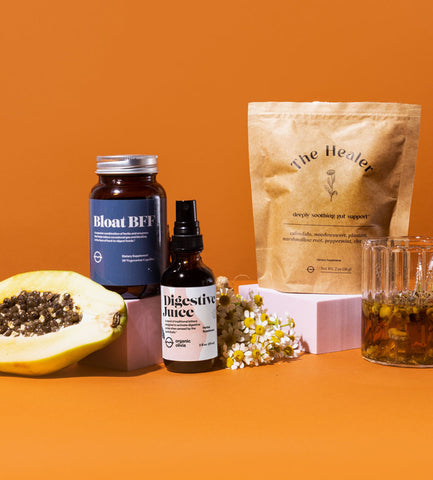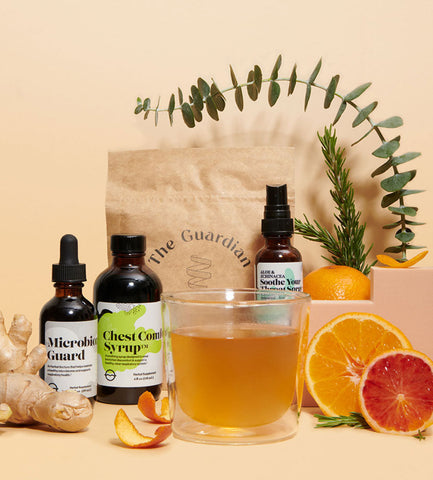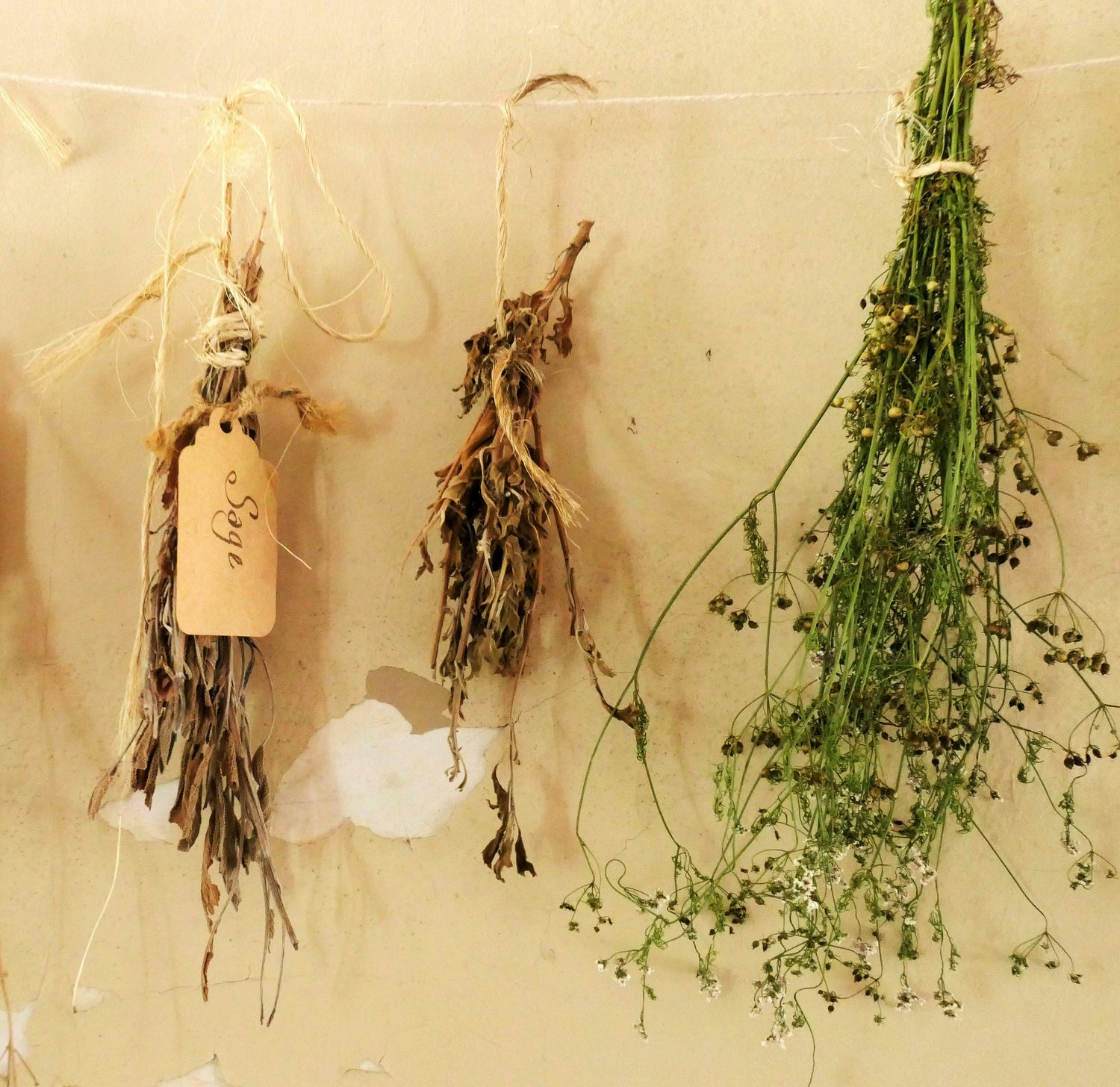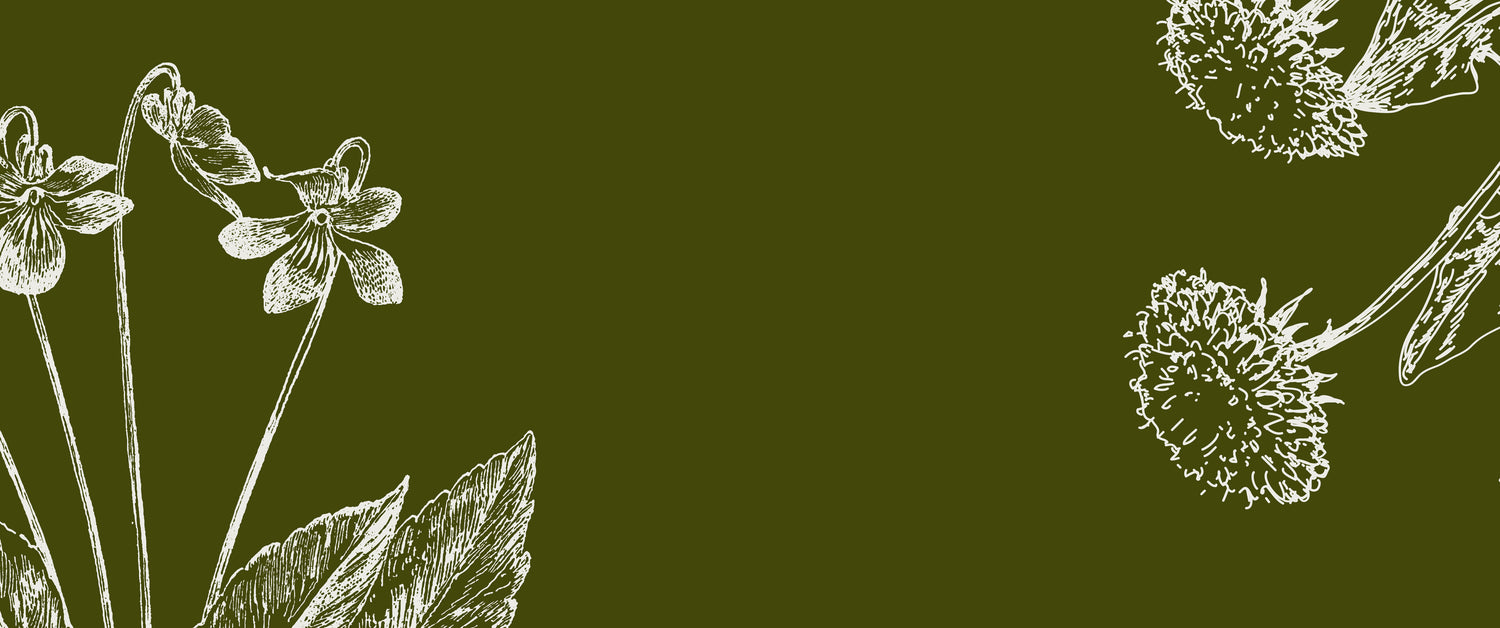Latin Name: Viburnum opulus
Herb Class/Action: Healthy Inflammatory Response Support, Nervine
Parts Used: Inner stem bark
Flavors: Bitter, slightly acrid
Energetics: Cool, dry
Traditional Benefits: Women’s reproductive system support, menstrual support, musculoskeletal support
Nature has an answer for everything—including Mother Nature’s very own monthly gift. Cramp bark is a shrub whose bark lives up to its name by supporting the smooth and seamless flow of our menstrual cycles.*
Do you know how good an herb has to be at addressing a specific issue, in order to be named solely for that purpose? Pretty darn good, let me tell ya. Native to Europe and North America, cramp bark was utilized by the “Eclectics,” (Western herbalists) who harvested the inner stem bark of a flowering shrub at just the right time in order to unlock a world of benefits.

Consumed in the form of supplements, tinctures, or teas, cramp bark is primarily used to help ease muscle contractions. Specifically, it’s traditionally known to help gently ease uterine spasms and occasional, minor menstrual cramps.*
Cramp bark contains methyl salicylate, which has properties shown to support a healthy inflammatory response in the body.*
















